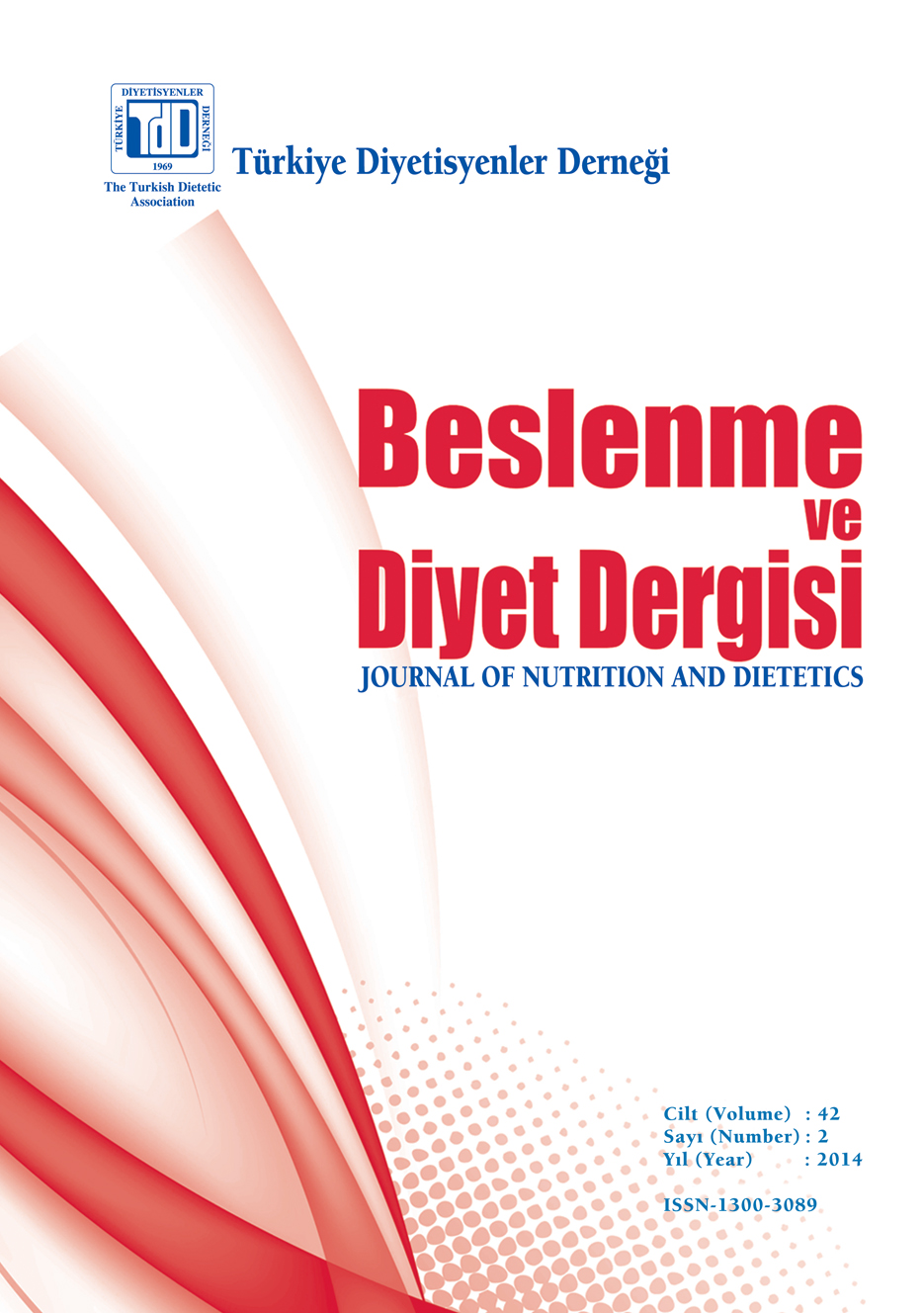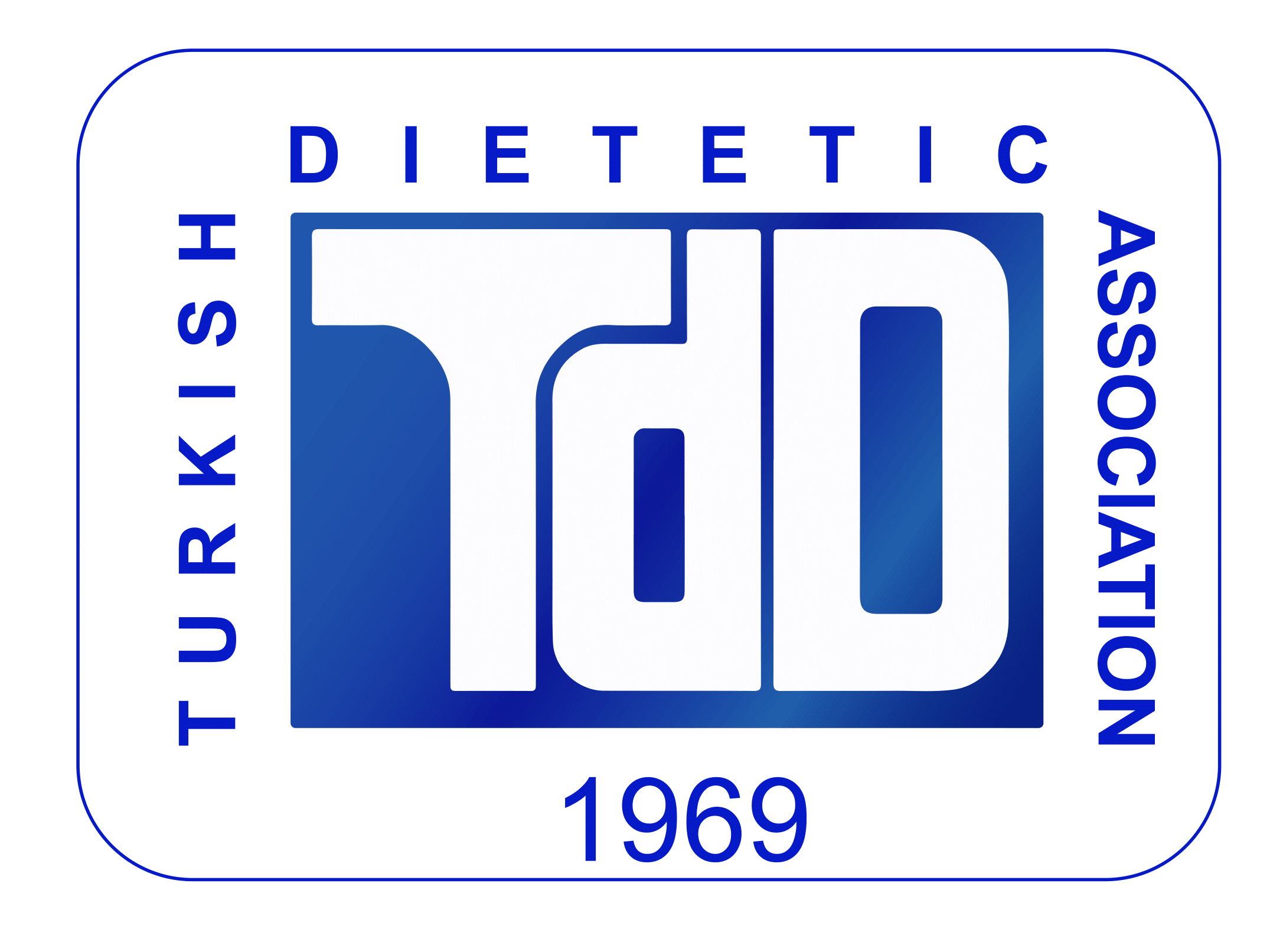Nutrient and Drug Interactions
Keywords:
Drug, nutrient, nutrition, interactionAbstract
Food and/or nutrient and drug interactions often occur during treatment process and can have a detrimental impact on patient’s outcomes. Both the pharmacokinetic and/or the pharmacodynamic effect of a drug may be altered as a result of those interactions; meanwhile an expected influence from a nutrient may not be gathered. Drugs can affect nutritional status by altering nutrient absorption, metabolism, utilization or excretion. Also, nutrition and nutrients can affect the absorption and effectiveness of drugs. Several medications should be taken on an empty stomach, as food or enteral products reduce drug absorption significantly. Changes in bioavailability often result in therapeutic failure of medications. Patients receiving enteral nutrition often require administration of medications through the same enteral access device. Proper handling of drug administration through a feeding tube and maintaining appropriate techniques may help to avoid the risk of tube obstruction, reduced drug efficacy or increased drug toxicity. The anatomic placement and the size of feeding tube must be considered during implementation of medications enterally. Medications should not be directly mixed with (into/) enteral formulations. Due to the risks for physical and chemical incompatibilities, medications should not be mixed together for administration through an enteral feeding tube. Besides pharmacokinetic and pharmacodynamic interactions, direct physical contact between drug molecules and nutrients in the delivery system (e.g., infusion tubing and/or bags) or during the compounding process is also considered as an interaction that takes place outside of the body. This interaction may result in compatibility and stability problems which is more common with parenteral drugs. Because of the physiochemical complexity of parenteral nutrition solutions, they should not be used as a drug delivery system. Co-administration or admixture of medications known to be as incompatible with parenteral nutrition should not be implemented. Therefore, it is possible to prevent possible unwanted events occurred by nutrient-drug interactions through increased awareness and knowledge of clinicians on the risk and the importance of nutrient-drug interactions.

